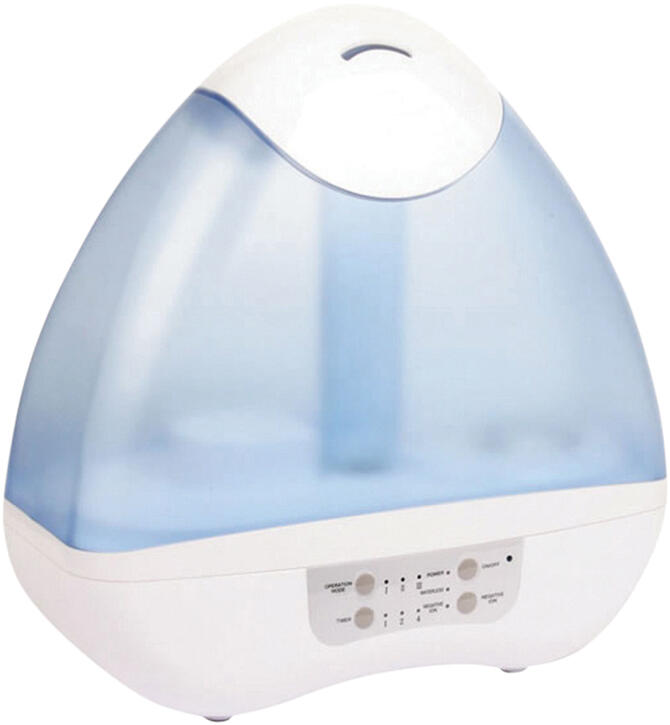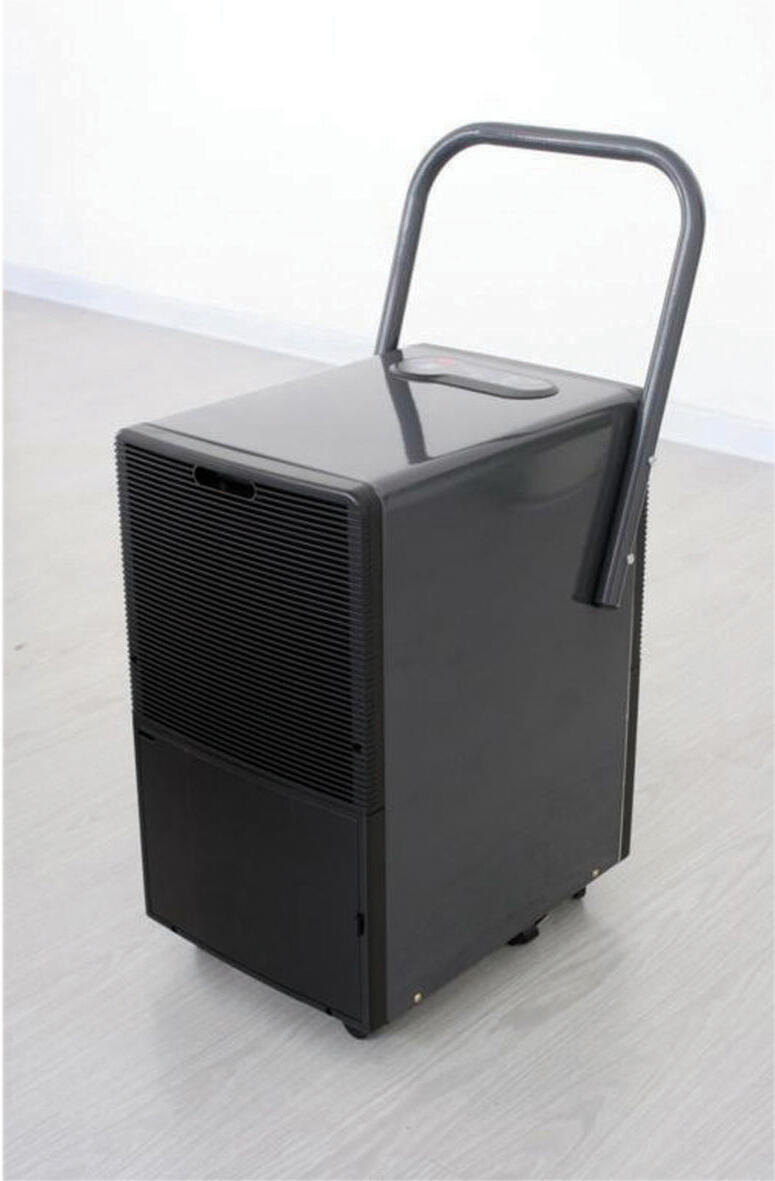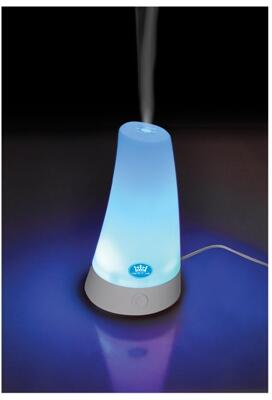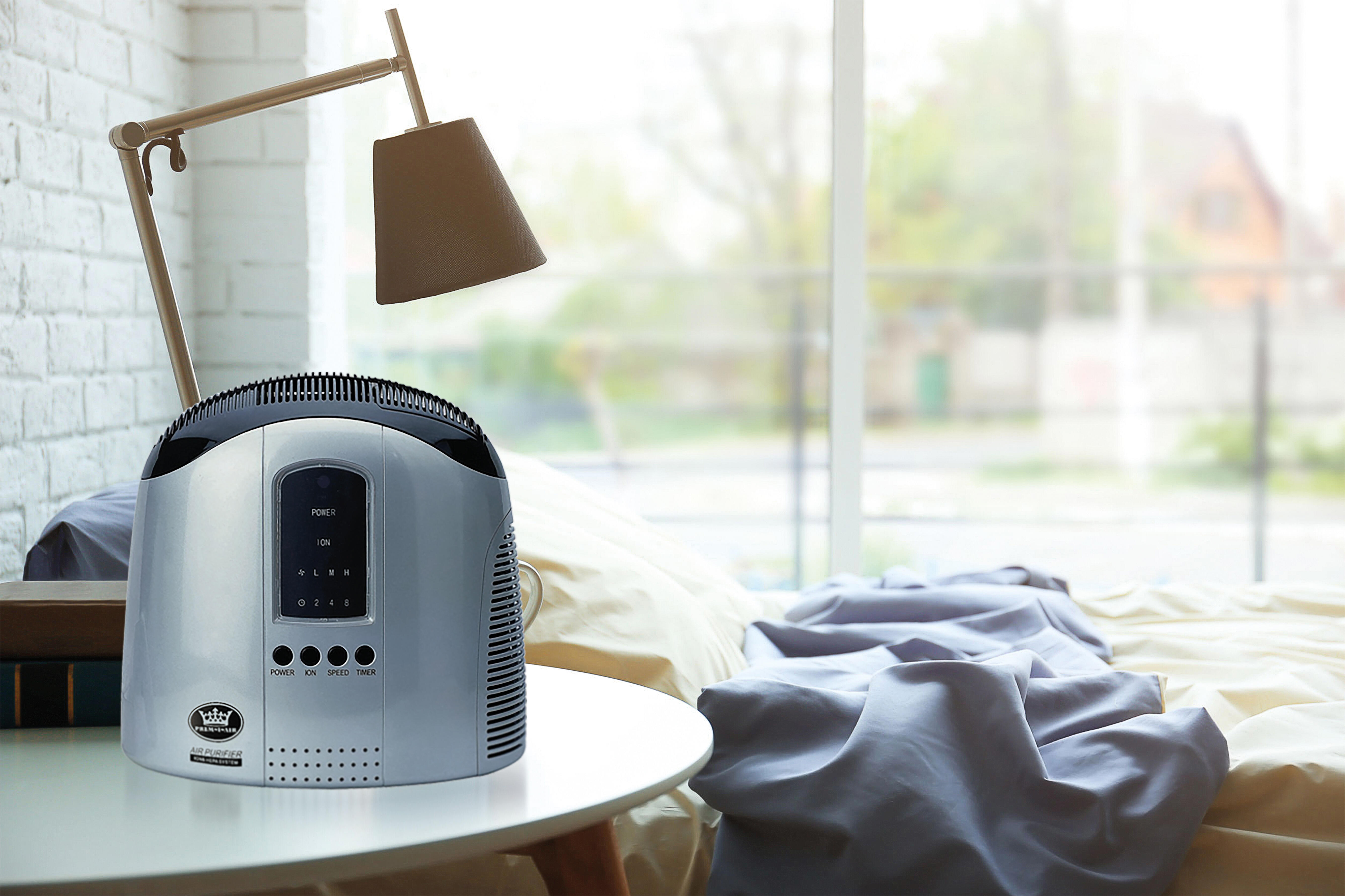What is the difference between a humidifier, a dehumidifier, a diffuser and an air purifier?
April 2, 2024 Paul
In today's world, ensuring the air quality within our homes is paramount for maintaining a healthy living environment. With an array of devices available in the market, it's crucial to discern between humidifiers, dehumidifiers, diffusers, and air purifiers, as each serves a distinct purpose. Let's delve into their disparities to aid in making informed decisions when selecting the appropriate device for your needs.

Humidifier
A humidifier is designed to add moisture to the air, especially in regions where the climate tends to be dry. These devices come in various types, including evaporative, ultrasonic, and steam-based humidifiers. They work by releasing water vapor into the air, thus increasing humidity levels. Air humidifiers are particularly beneficial during the winter months when indoor heating systems can lead to dry air, which may cause discomfort, dry skin, and respiratory issues.
Dehumidifier
On the contrary, a dehumidifier serves the purpose of reducing moisture levels in the air. They are indispensable in areas with high humidity levels, such as basements, bathrooms, and laundry rooms, where excess moisture can lead to mold, mildew, and musty odors. Dehumidifiers function by drawing in moist air, extracting the water content, and then expelling drier air back into the environment. By maintaining optimal humidity levels, typically between 30% to 50%, dehumidifiers help in preventing the proliferation of allergens and mould spores.


Diffuser
A diffuser is often associated with aromatherapy and is primarily used to disperse essential oils into the air, thereby creating a pleasant fragrance and potentially providing therapeutic benefits. Unlike humidifiers and dehumidifiers, diffusers do not alter humidity levels. Instead, they break down essential oils into tiny molecules and release them into the air as a fine mist. Diffusers come in various types, including ultrasonic, nebulising, and heat-based models, each offering distinct features and benefits. Besides emitting pleasant scents, diffusers are believed to promote relaxation, alleviate stress, and purify the air, depending on the essential oils used.
Air Purifier
Lastly, an air purifier is designed to improve indoor air quality by removing contaminants such as dust, pollen, pet dander, smoke, and volatile organic compounds (VOCs) from the air. These devices utilise filters or purification technologies to capture and neutralise airborne particles, thereby reducing the risk of respiratory issues and allergic reactions. Air purifiers are particularly beneficial for individuals with asthma, allergies, or respiratory conditions, as well as those living in urban areas with high levels of air pollution.

Conclusion
In summary, while humidifiers and dehumidifiers regulate humidity levels, diffusers disperse essential oils for aromatherapy, and air purifiers filter out airborne contaminants. Understanding the differences between these devices is crucial for selecting the most suitable option based on your specific requirements and the environmental conditions in your home. By investing in the right device, you can create a healthier and more comfortable living space for you and your family.







